Earlier this week I had the privilege of moderating at panel at the Ogilvy offices in Washington DC all about defining and exploring Government 2.0 (watch the livestream archive online). The panelists featured several visionary minds and leading thinkings in the world of Government 2.0, including:
- Alex Howard, O’Reilly Media
- Gwynne Kostin, U.S. General Services Administration
- Micah Sifry, Personal Democracy Forum
- Ari Melber, The Nation
- Mark Murray, NBC News
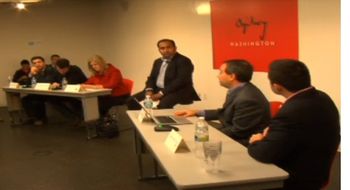 In our conversation, the topics ranged from defining the buzzword of "Gov2.0" to some leading case studies today of how social media and the web is being used by government agencies, to the potential risks and complications of all this evolution from a privacy or accessibility point of view. One of the biggest visions ifor what Government 2.0 could be has come from Tim O'Reilly who shared his ideas of "government as a platform" – but one of the most considered definitions of Government 2.0 I uncovered comes from a dedicated discussion thread on the popular social network GovLoop for those interested in the evolution of Government*:
In our conversation, the topics ranged from defining the buzzword of "Gov2.0" to some leading case studies today of how social media and the web is being used by government agencies, to the potential risks and complications of all this evolution from a privacy or accessibility point of view. One of the biggest visions ifor what Government 2.0 could be has come from Tim O'Reilly who shared his ideas of "government as a platform" – but one of the most considered definitions of Government 2.0 I uncovered comes from a dedicated discussion thread on the popular social network GovLoop for those interested in the evolution of Government*:
"Government 2.0 is the socialization and commoditization of government processes, services and data."
Through our panel discussion, the big theme that came through for me was that the government workers, contractors and thought leaders who live and breathe in this world of Government 2.0 every day are often tackling very different categories of issues.
As I took notes from the conversation and spoke to some of the attendees afterwards, I started thinking in terms of the different emerging "branches" on this tree of Government 2.0 – and how they might be defined based on the examples that people spoke about as well as what I have seen in my work with clients in this area. This post is an attempt to share how I thought about that framework, and I'm interested to hear your thoughts (particularly if you work in the sector) on whether this works or feels too simplistic or incomplete.
- Campaigning 2.0 – With an election looming, it sometimes may feel that this category gets the most attention. Campaigning 2.0 is about using social media and online collaborative tools to organize people around a campaign to get someone into an elected position. The Obama campaign turned many people's heads in terms of how to build a brand and use these tools effectively around something as pivotal as an election for the US President, and today we see new stories every day about how other candidates are using tools like Meetup, FourSquare, Twitter, Facebook and others to motivate their supporters and try to win elections.
- Open Data 2.0 – Moving from campaigning to actually governing, this is the category of work that Federal CTO Aneesh Chopra often speaks about – relating to the big challenges of getting various government agencies to begin to have their huge databases share information with one another, as well as publishing government data on open standards so that third parties and the private sector can start to build useful applications and tools on top of this data. This category captures the millions of dollars of investment on the IT infrastructure and the cloud that are being made to improve these systems and increase their efficiency and utility. More and more this focus will allow for innovative sites and tools like Pillbox from the NIH which help anyone to identify unknown pills.
- Collaboration 2.0 – Some (including myself) could argue that this aspect of Government 2.0 has the most potential to have a big impact in terms of creating cultural change within America. GovLoop currently allows government employees to have conversations with others in the government outside of their agencies and fields of expertise. NASA is one agency that has used social tools to allow a highly engaged citizen population to do everything from experience missions in real time to aid the underlying mission of the agency by sharing their computer processing power. As platforms become open and people use them to share their knowledge, this collaboration will lead to greater and greater innovation and engagement from the citizenry of the country with government in all the areas they are most passionate about.
- Services 2.0 – Alternately described as the "e-government" or "ecommerce" aspect of Government 2.0, this category would describe all the initiatives to let people complete the logistical tasks that they need to engage with government on in an easier and more interactive way. This is everything from e-filing your taxes to renewing your driver's license online. These services are a vital part of what government offers to citizens, and are often the most visible area to the average citizen of how Gov 2.0 can affect their daily life.
- Security 2.0 – Though some see this category as opposite to opening up data (#2), there is no denying that there is and will continue to be a huge focus in Government 2.0 on using technology to improve our nation's security, whether through highly debated "big brother" style monitoring or new platforms and tools to handle legal and illegal immigration issues. Broadly speaking, some of the innovative use of these tools by the US Military that we know about (such as the DoD Social Media Hub), as well as what we don't yet know about could fit into this category as well.
In putting this list together, I was tempted to note down entire categories for industries such as Healthcare or Education. Upon further thought, I think that each of these industries will have (and has already had) innovation in several of the areas I shared above, so I resisted creating entire categories for them. What do you think of this structure? Does it help to describe and explain the state of w
ork in Government 2.0 today, or just introduce another layer of buzzwords to an already confusing category? Let me know what you think or suggest another link that covers this question and I'll add it to the list below.
*Note: Thanks to Adriel Hampton for pointing out in a comment that this definition of Gov 2.0 originally came from a Gartner report by Andrea DiMaio.


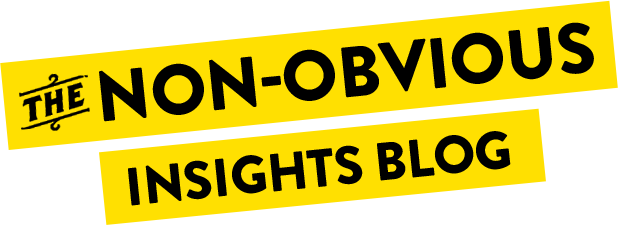




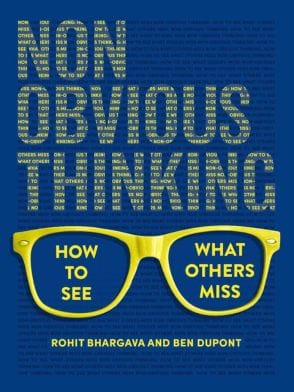

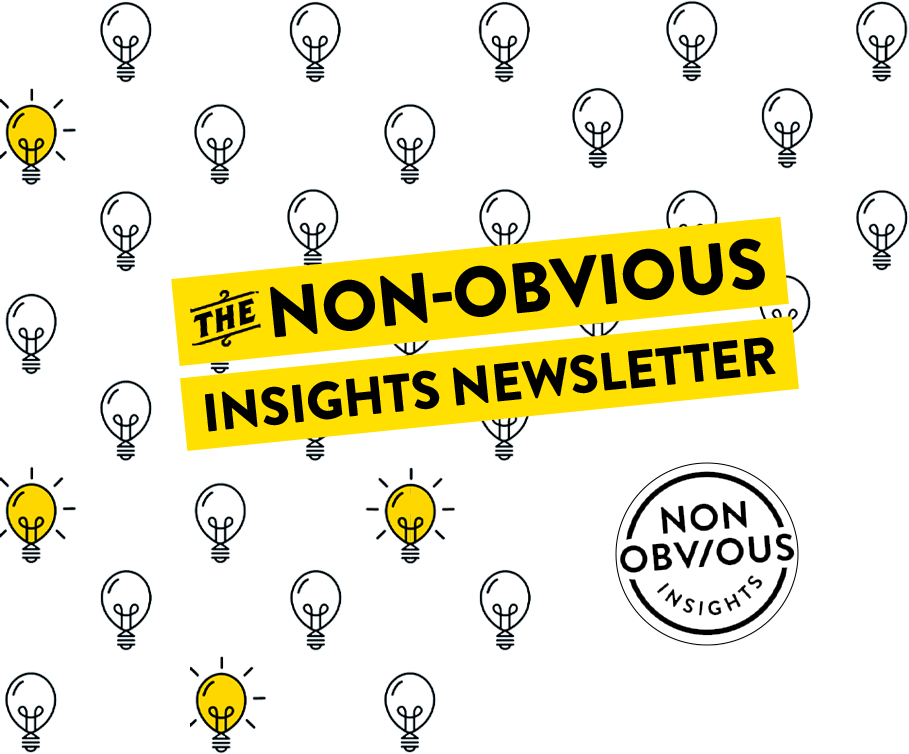



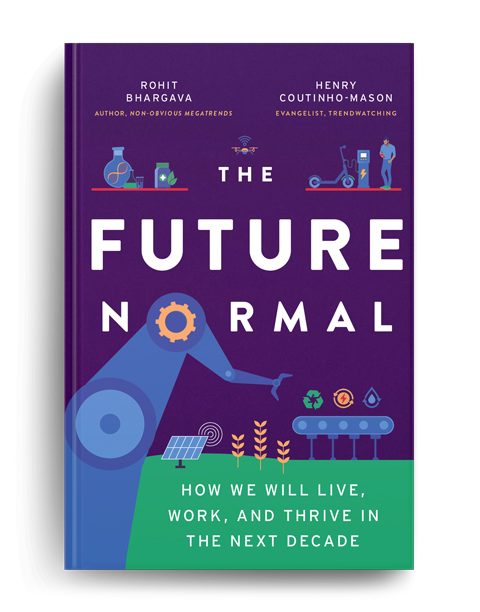
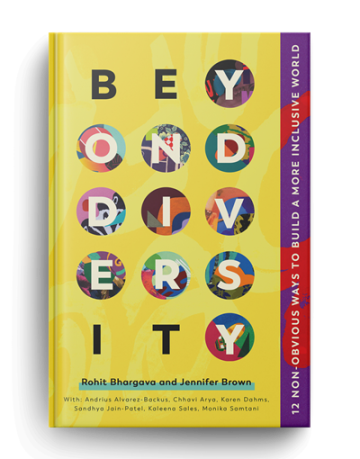
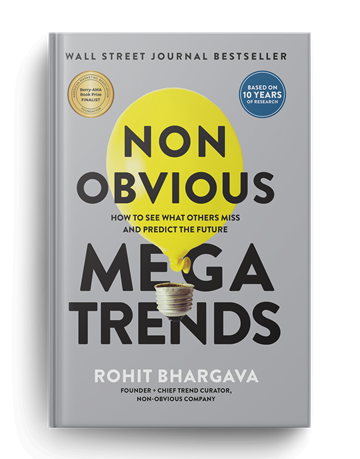
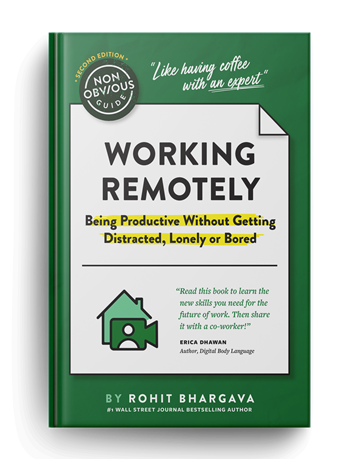
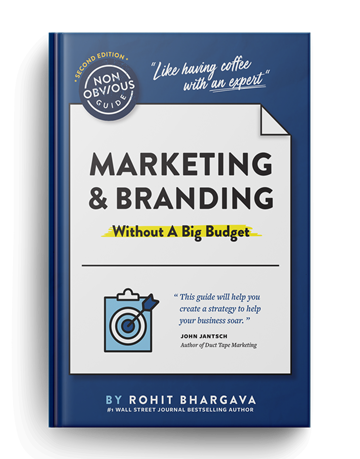

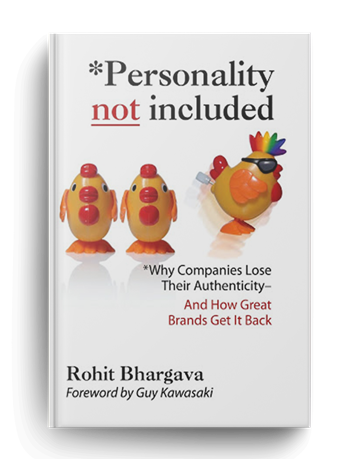
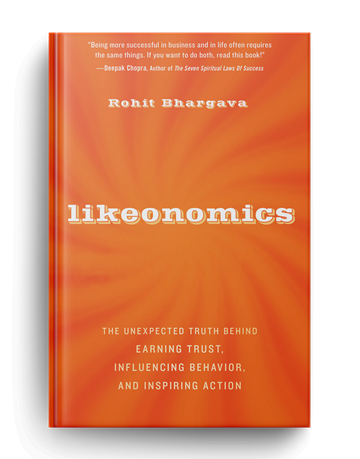

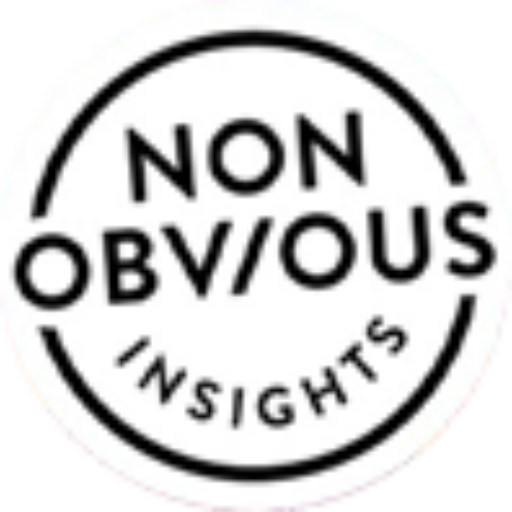
Rohit, glad to have found your blog (through the ‘replacing a superstar’ post). The Gov 2.0 definition you quote, which is from a Gartner report by Andrea DiMaio, is also my favorite short-form definition. Your points capture well what is going on, though we probably don’t need to add ‘2.0’ to each category, but rather simply acknowledge these are areas impacted by Gov 2.0 change. Additionally, for insiders, the politics and the practice of governing have a bright line between them. And many of us are eager to see politicians deploy these tools and principles in office, not just on the campaign trail.
@Adriel – Thanks for the comment and for noting the right credit for the quote, I will update it in the post now. You’re probably right about the 2.0 in each category – but your point about how the real potential for this as moving beyond the campaign trail and into more areas of actually governing will be the really exciting part of this evolution.
Thanks for sharing the information.
Thanks for the information. Hope to visit again in the near future
I Like the seo managment and marketing
seo managment & Marketing
Its an great awesome post!!Its an excellent information sharing.Thanks
Thanks for posting this, I found it very informative.
Free thought thrives in a free atmosphere.
Free thoughts working together encourage innovation.